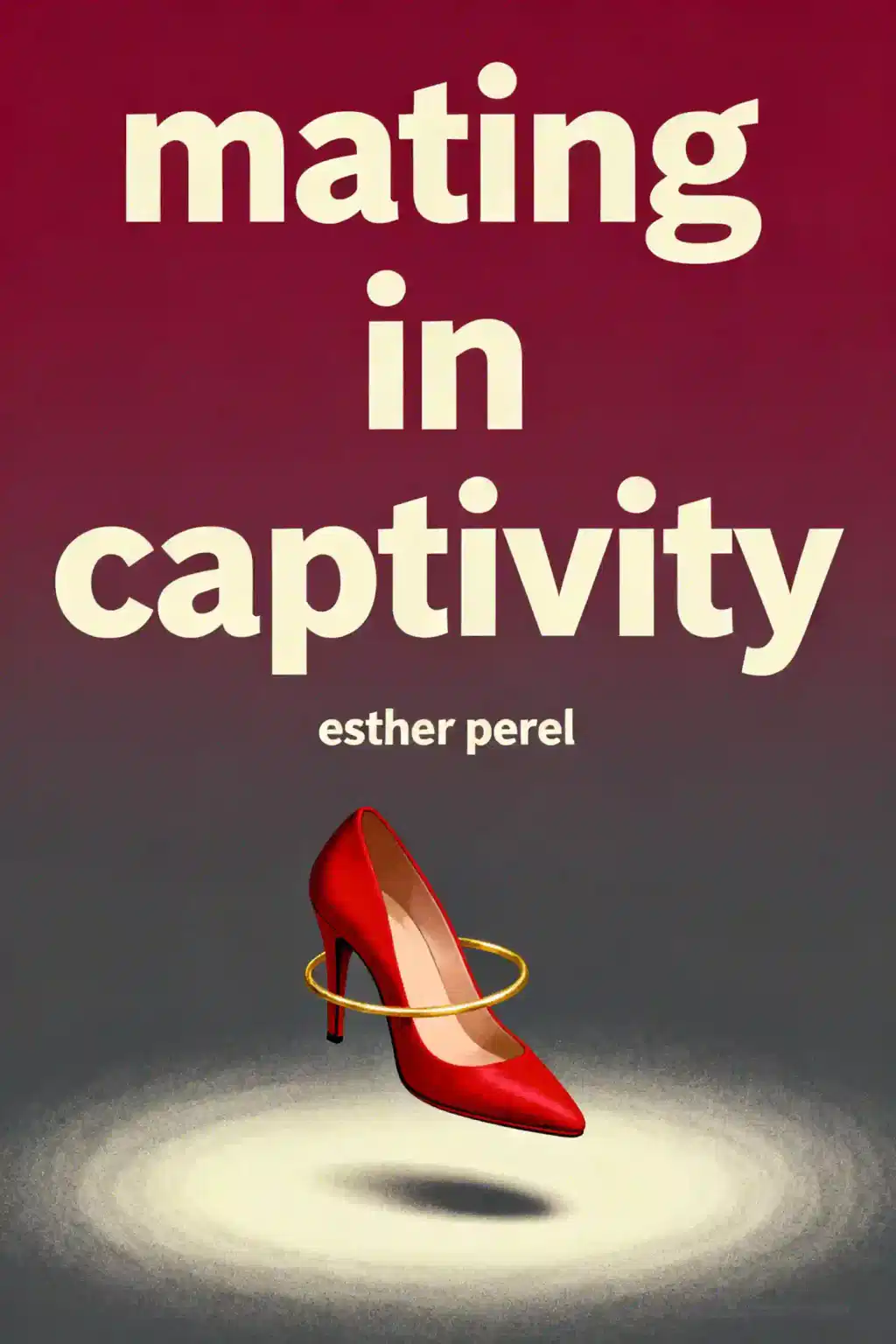What is How to Stay in Love by James J. Sexton about?
How to Stay in Love is a relationship guide written by divorce lawyer James J. Sexton, who draws on two decades of handling divorce cases to reveal what destroys marriages. The book provides practical wisdom on maintaining lasting romantic connections by identifying common relationship pitfalls and offering actionable strategies for communication, intimacy, and commitment. Sexton emphasizes that love requires consistent daily effort rather than grand gestures.
Who is James J. Sexton and why did he write How to Stay in Love?
James J. Sexton is a hard-hitting divorce lawyer with over twenty years of experience on the front lines of failed marriages. He wrote How to Stay in Love to share insights from witnessing thousands of relationships fall apart, using his unique perspective to help couples reverse-engineer healthy partnerships. Despite dealing constantly with heartbreak, Sexton still believes in romance and the transformative power of love.
Who should read How to Stay in Love by James J. Sexton?
How to Stay in Love is ideal for couples wanting to build and preserve lasting relationships, individuals experiencing communication challenges in their partnerships, and anyone seeking to understand what makes relationships fail before problems escalate. The book benefits both new and established couples who want proactive strategies rather than reactive solutions. It's particularly valuable for those who prefer unvarnished truth over romanticized relationship advice.
Is How to Stay in Love worth reading?
How to Stay in Love offers unique value by providing relationship advice from an unexpected source—a divorce lawyer who has witnessed what actually destroys marriages rather than theoretical ideals. The book combines practical strategies like the "Hit Send Now" communication method with psychological insights and real-world anecdotes. Sexton's perspective on reverse-engineering successful relationships through studying failures makes this a distinctive and actionable guide.
What is the main message of How to Stay in Love by James J. Sexton?
The central message of How to Stay in Love is that lasting love results from deliberate, consistent small actions rather than fate or grand romantic gestures. Sexton emphasizes that relationships require continuous conscious effort, effective communication, and proactive maintenance to prevent deterioration. The book stresses that love must be actively nurtured and cannot be taken for granted—it's an ongoing process requiring commitment from both partners.
What is the "Hit Send Now" method in How to Stay in Love?
The "Hit Send Now" method in How to Stay in Love encourages couples to communicate feelings and concerns immediately rather than letting them fester. Sexton advises addressing small issues as they arise to prevent them from escalating into larger resentments that damage relationships. This technique prioritizes real-time emotional honesty and transparency, ensuring that partners don't bottle up frustrations that later explode or erode connection over time.
What does "Pretend You're Divorced" mean in How to Stay in Love?
The "Pretend You're Divorced" technique in How to Stay in Love suggests that couples occasionally act as if they were divorced to allow personal time and space. This counterintuitive strategy helps individuals reconnect with themselves and maintain their identity outside the relationship. Sexton argues that maintaining independence and personal fulfillment actually strengthens romantic partnerships by preventing codependency and keeping both partners emotionally healthy and interesting to each other.
What are the best quotes from How to Stay in Love and what do they mean?
- "Love is loaned. It isn't permanently gifted" reminds readers that love requires ongoing effort and nurturing rather than being something you win once and keep forever.
- "You can be right or you can be happy" emphasizes prioritizing relationship harmony over winning arguments.
- "Your partner can't hear what you don't say" highlights that communication is essential to prevent misunderstandings and resentment from building.
These quotes encapsulate Sexton's practical, no-nonsense approach to relationship maintenance.
How does How to Stay in Love address the soulmate myth?
How to Stay in Love includes a chapter titled "The Myth of the Soulmate" that challenges the romantic ideal that one perfect person exists for each individual. Sexton argues that acknowledging this myth liberates couples from unrealistic expectations and allows them to appreciate their partner's imperfections. This perspective fosters deeper emotional intimacy by helping partners understand that love is a conscious choice requiring effort and communication, not a fairytale destiny.
What role does vulnerability play in How to Stay in Love?
James J. Sexton dedicates significant attention to vulnerability as essential for sustaining love in relationships. He explains that emotional transparency fosters trust and understanding between partners, creating an environment of safety and openness where true love can flourish. Through relatable anecdotes, Sexton demonstrates how opening up and sharing vulnerabilities transformed relationships, emphasizing that genuine connection requires both partners to be willing to show their authentic selves without defensiveness.
What communication strategies does How to Stay in Love recommend?
How to Stay in Love emphasizes that open and honest communication is essential to avoid misunderstandings and resentment in relationships. Sexton advocates for immediate expression of feelings rather than delayed conversations, addressing issues before they compound. The book stresses that effective communication involves active listening, vulnerability, and understanding that your partner cannot read your mind—you must articulate your needs and concerns clearly to maintain connection.
How does How to Stay in Love suggest dealing with change in relationships?
How to Stay in Love emphasizes that couples must adapt to changes over time by regularly assessing and evolving their relationship. Sexton encourages focusing on changing your own behavior and responses rather than attempting to change your partner, which creates a more positive dynamic. The book stresses that staying connected to oneself and one's partner while navigating life's inevitable changes is vital for maintaining a fulfilling long-term relationship and preventing disconnection that leads to divorce.





















